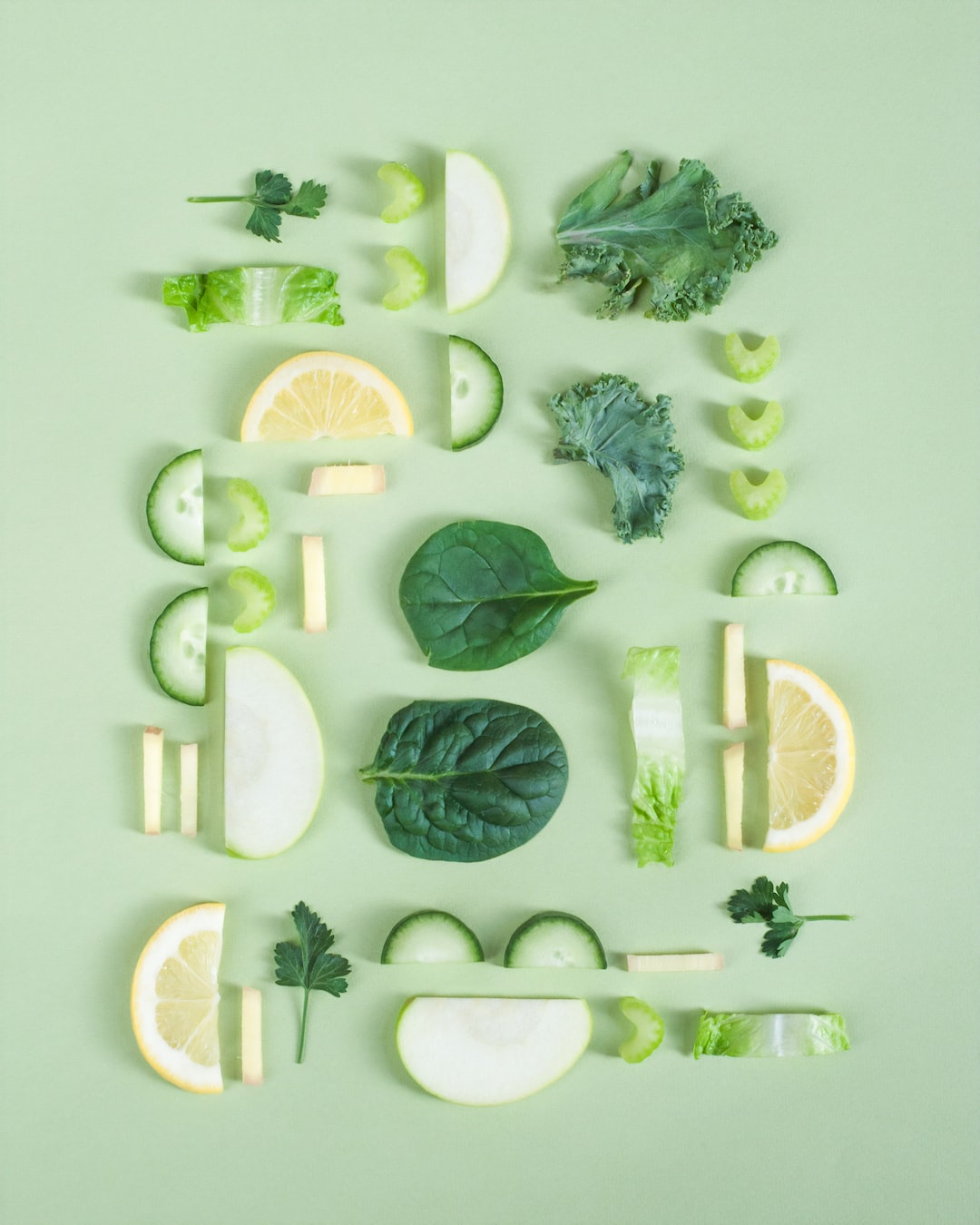Baking Bliss: Master the Art of Perfecting Homemade Bread and Pastries
There is something truly magical about the aroma of freshly baked bread and pastries that fills your home, creating a warm and inviting atmosphere. The process of making these delightful treats from scratch can be both therapeutic and rewarding. However, for many, the thought of baking bread or pastries can be intimidating. Fear not! With a few simple tips and tricks, you too can master the art of homemade bread and pastries.
First and foremost, let’s talk about the key ingredient: flour. Flour is the foundation of any great bread or pastry. It comes in various types, such as all-purpose, whole wheat, and bread flour. The type of flour you choose will depend on the recipe and the desired outcome. All-purpose flour is a great go-to option for most recipes, but if you are looking to achieve a chewier texture, bread flour is your best bet. Whole wheat flour adds a nutty flavor and enhances the nutritional value. Experimenting with different types of flour can bring a whole new dimension to your baking creations.
Next, let’s discuss the importance of yeast. Yeast is what makes the dough rise and gives bread its airy texture. There are different types of yeast available, including active dry yeast and instant yeast. Active dry yeast needs to be dissolved in warm water before use, while instant yeast can be added directly to the dough. Understanding the properties of each type of yeast and following the recipe instructions will ensure perfect results every time.
In the world of baking, patience truly is a virtue. Traditional bread-making usually involves a process called proofing, which involves allowing the dough to rise for a specific amount of time. This allows the yeast to ferment and develop the flavors. It’s crucial to follow the recommended proofing times mentioned in the recipe. Rushing this step can result in a dense and underwhelming final product.
Another essential aspect of baking is precision. Make sure you measure your ingredients accurately. Baking is a science, and even the slightest difference in measurements can affect the end result. Invest in a good set of measuring cups and spoons, and always level off ingredients with the back of a knife for accuracy.
Kneading is another critical technique in bread making. It helps to develop the gluten, which gives the bread structure and elasticity. Kneading can be done by hand or with the help of a stand mixer. Regardless of the method you choose, the key is to knead until the dough becomes smooth and elastic. This can take anywhere from 10 to 15 minutes. It may seem time-consuming, but the rewards of a well-kneaded dough are worth it.
When it comes to pastries, mastering the art of flakiness is essential. The secret lies in the proper incorporation of cold fat into the flour. Whether you are making a pie crust or croissants, always make sure your butter or shortening is cold and firm. This will create small pockets of fat within the dough, which will melt during baking, resulting in that sought-after flaky texture.
Another trick to achieving perfect pastries is chilling the dough before baking. After shaping or rolling out the dough, wrap it in plastic wrap and refrigerate it for at least 30 minutes. This step helps solidify the fat, preventing it from melting too quickly in the oven. The result will be beautifully puffed and golden pastries.
Lastly, do not be afraid to experiment and have fun with your baking. Baking is as much a science as it is an art. Don’t be discouraged by a few failed attempts; it’s all part of the learning process. Each loaf of bread or pastry you make will bring you one step closer to perfecting your skills.
So, roll up your sleeves, put on an apron, and embark on a baking adventure. With a little practice and a whole lot of love, you will soon be able to create homemade bread and pastries that will impress your friends and family. The satisfaction that comes from indulging in a slice of warm bread or a flaky croissant that you made from scratch is truly unparalleled. Embrace the process, embrace the simplicity and complexity of baking, and enjoy the bliss that comes with creating something delicious. Happy baking!
